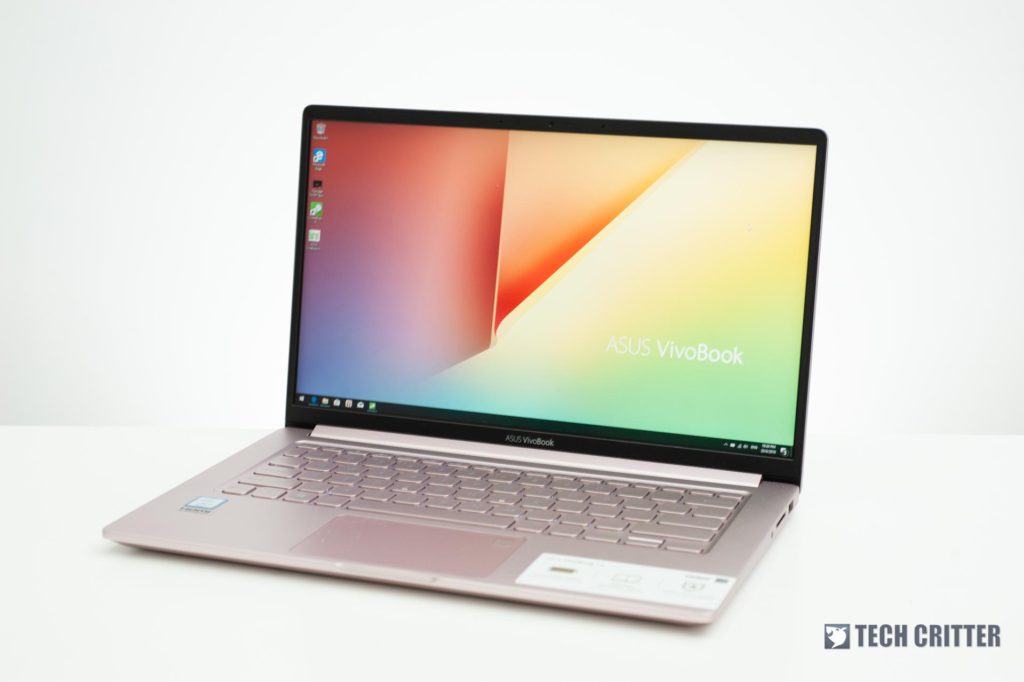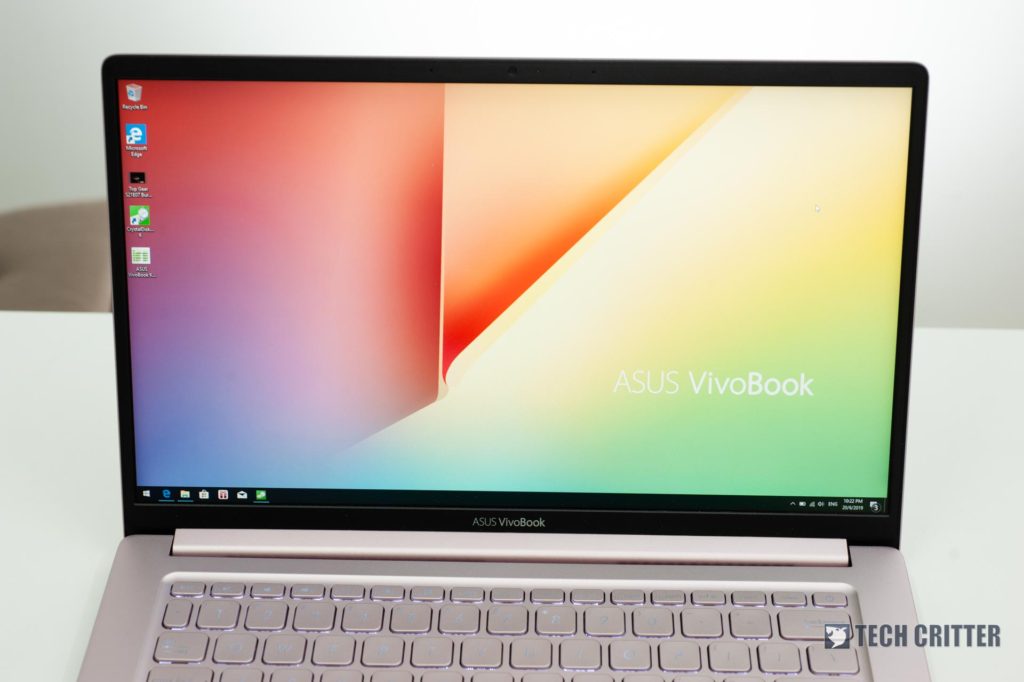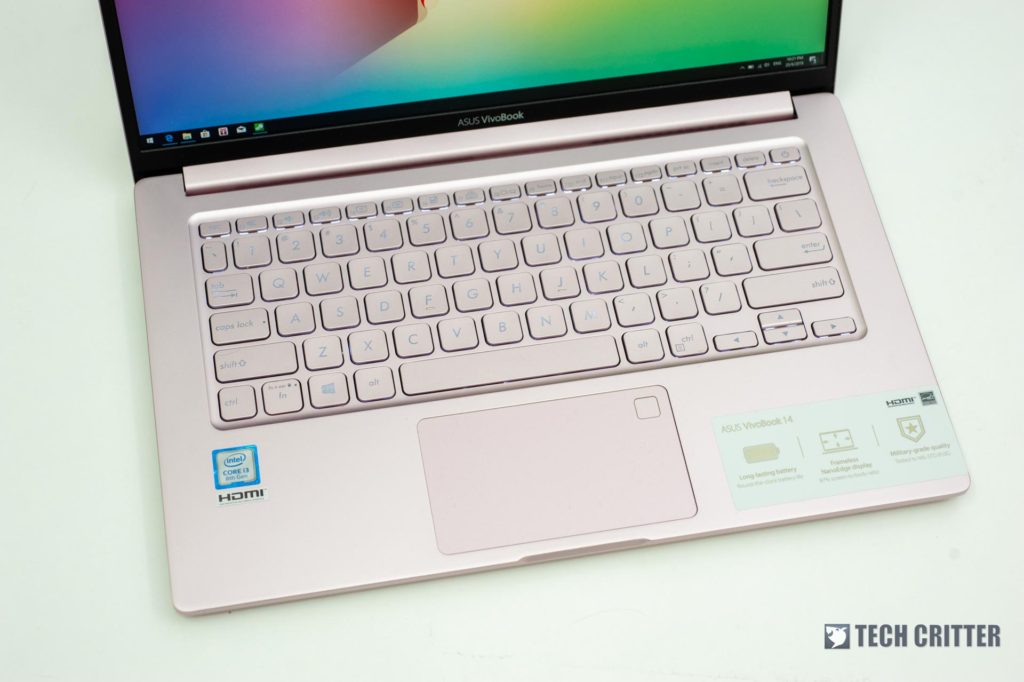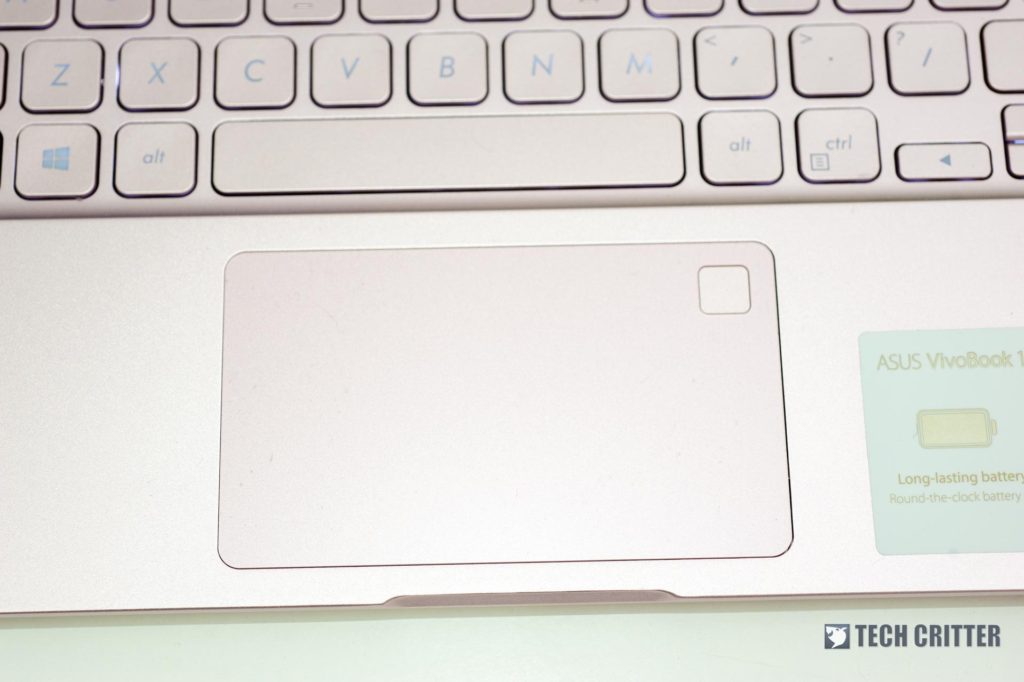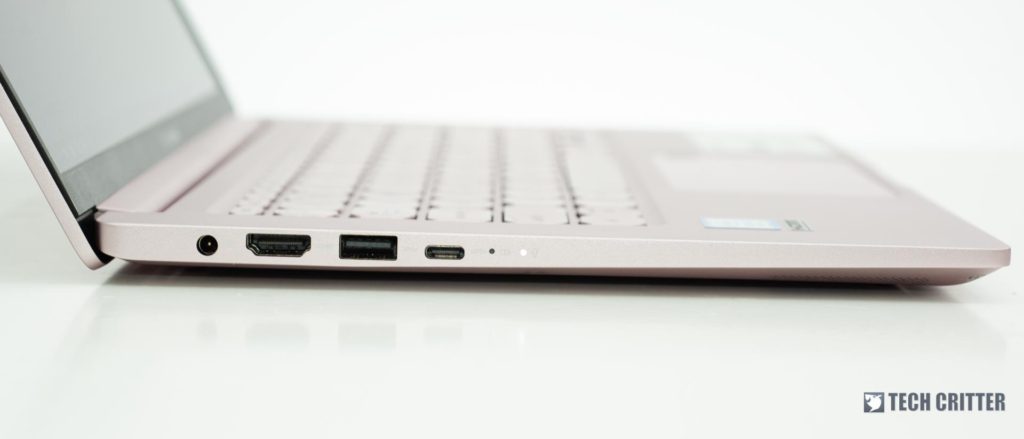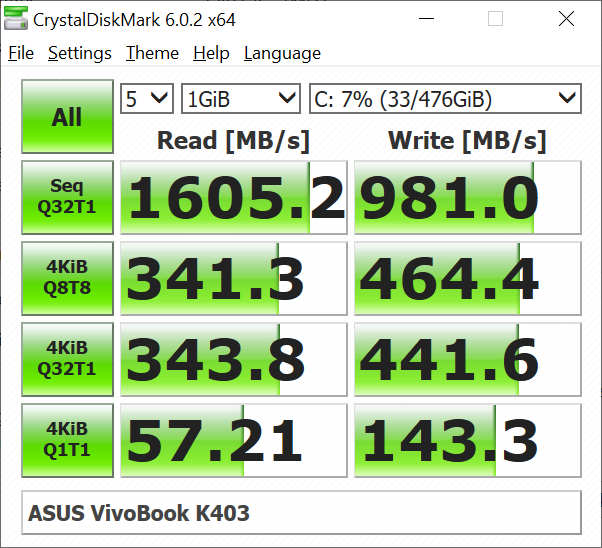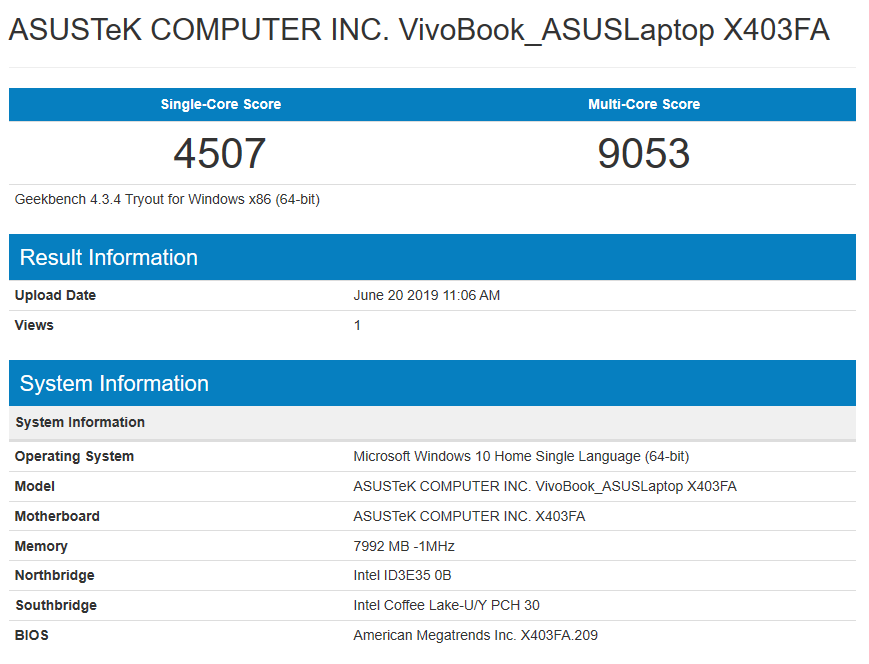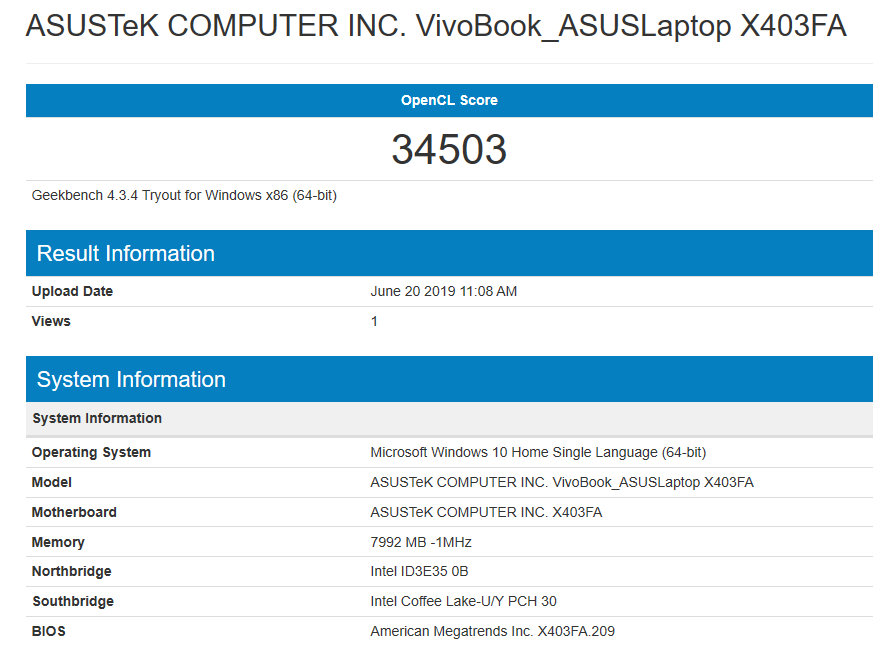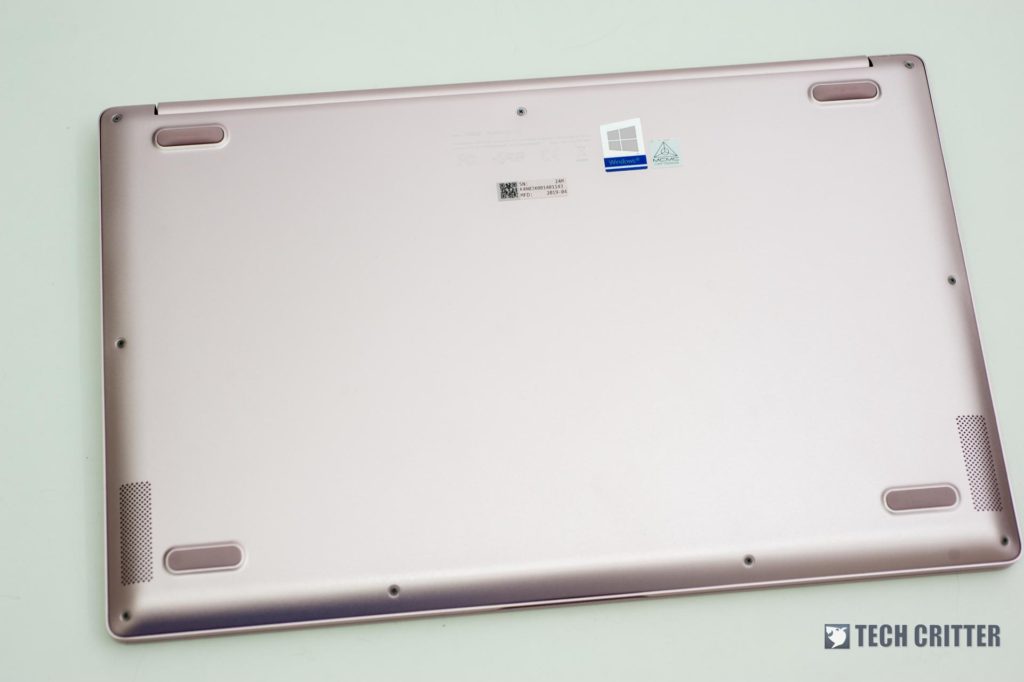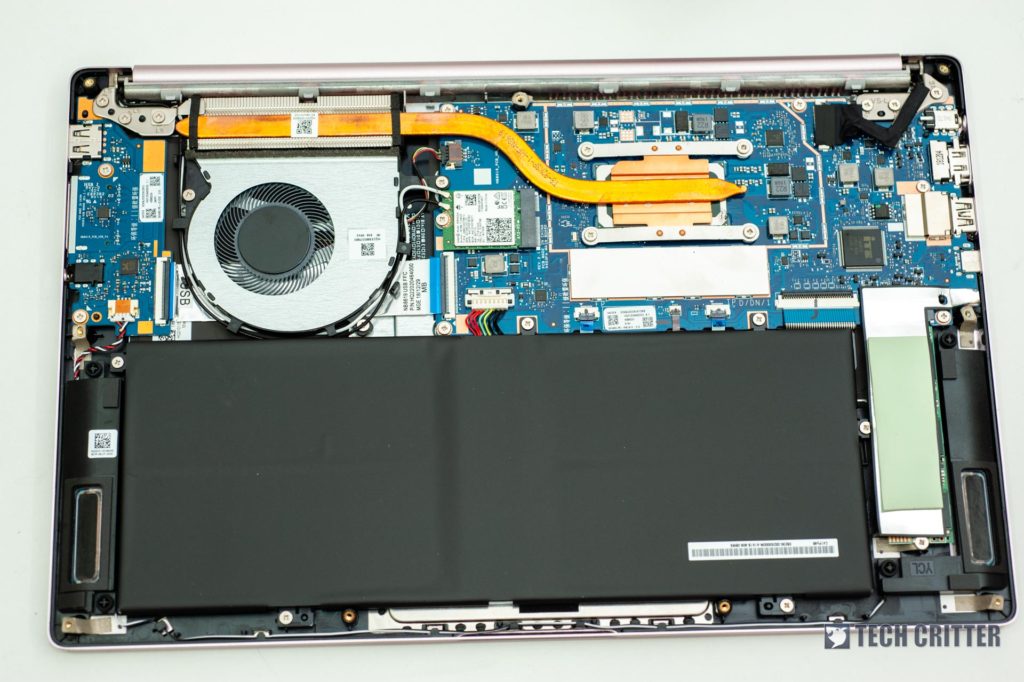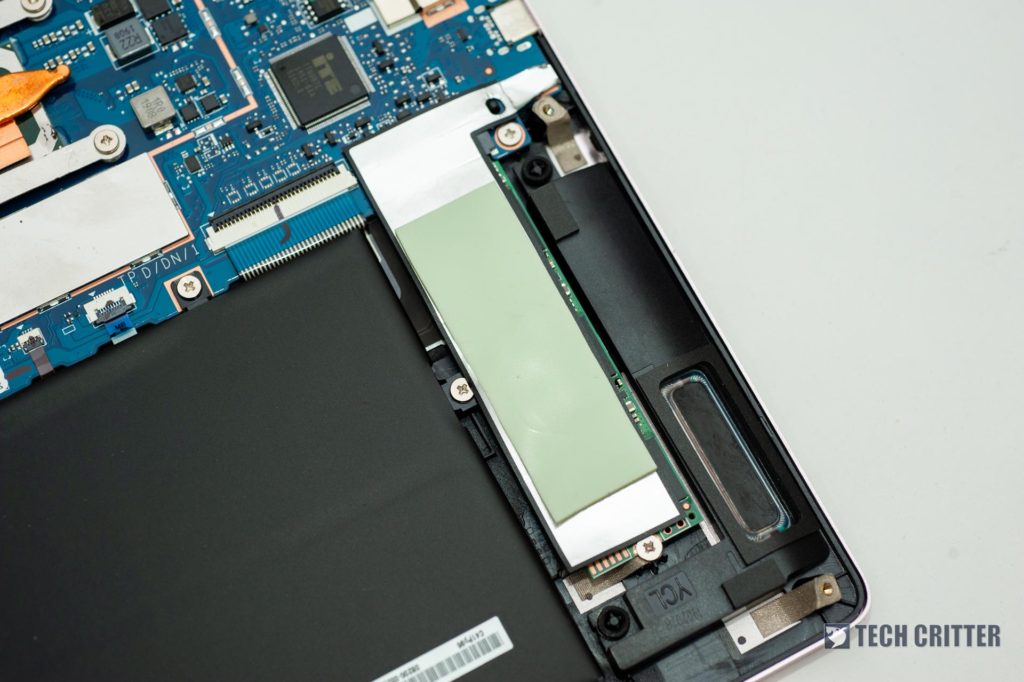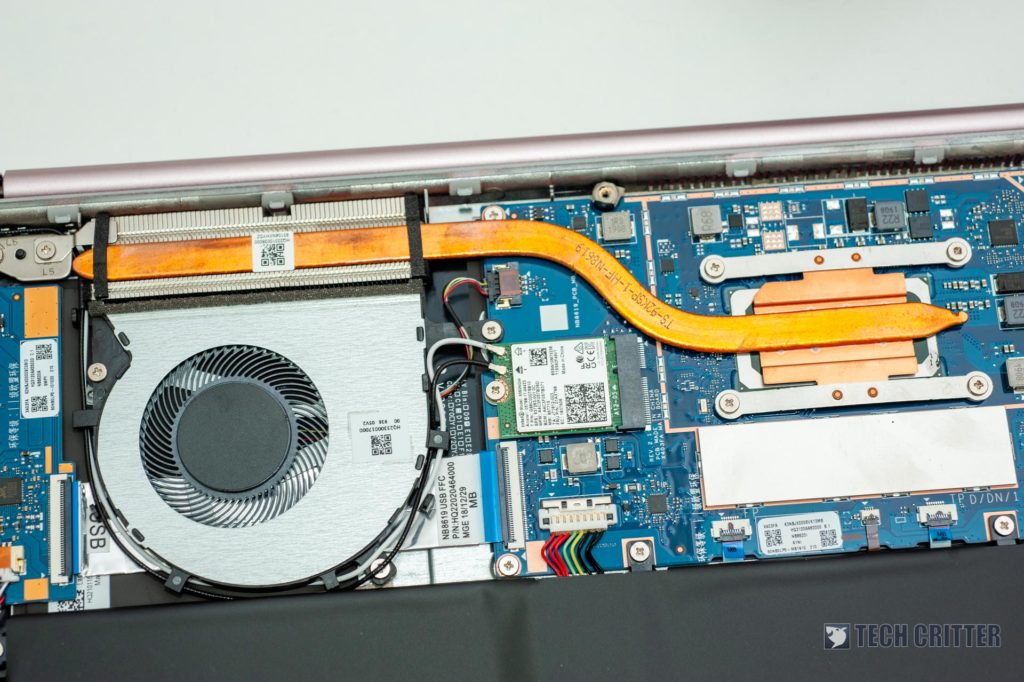ASUS Malaysia has recently released a couple of new VivoBooks and we have expressed our positive remarks about the VivoBook A512 especially with its design and the generous specifications (512GB NVMe SSD).
What about the VivoBook K403 which the company claims to have 24 hours of battery life? While we understand that the K403 has doubled the battery capacity over its VivoBook A series counterpart, the truth remains to be told after we actually put the laptop through its paces.
ASUS VivoBook K403
The VivoBook K403 is sporting a traditional clamshell-style chassis. So it won’t have the ErgoLift feature that comes with the higher end Vivobook A and S series. It is also majorly made out of plastic and that is pretty much what laptops of this price point usually offers.
That said, however, it actually contributes to the lightweight nature (1.3KG) of the laptop and most importantly the overall structure feels a lot more solid than what I’ve initially thought. There’s minimal to none flex to the display lid and especially the chassis itself.
Nonetheless, we are still getting the modern laptop treatment, especially with its sexy looking colour choices and narrow display bezels. The unit we got here has a metallic pink finish. It is an alternative to the Silver colour option, especially for those who want a subtle personality on their computer.
The screen has a 1080p full HD IPS panel with an anti-glare surface. I won’t say the colour reproduction is excellent for creative works, but when it comes to day to day usage and general media consumption, the viewing experience is still miles better than the old TN panels. The lower brightness might not be that suitable for outdoor usage.
As we mentioned, since the keyboard panel has minimal flex, that gave us a robust typing experience on the keyboard. The keyboard with white backlight is not something I would praise as the best keyboard out there, but it is still miles better than some other low-profile keyboards that are trying too hard to be cool. The half-key-sized arrow cluster can be a deal-breaker for some but it is very personal.
The trackpad uses the Windows Precision driver and the fine matte surface provides a good user experience when you’re computing on-the-go. It even comes with a fingerprint scanner at the top right corner that supports Windows Hello secure login feature.
On the left
- Charging port
- HDMI
- USB 3.0 Type-A
- USB 3.1 Gen1 Type-C
- Charging & Power LED
On the right
- 3.5mm audio combo jack
- SD card reader
- USB 2.0 Type-A
Performance
- Intel Core i3-8145U
- Intel UHD Graphics 620
- 8GB LPDDR3-2133
- 512GB PCIe3.0 x2 NVMe SSD
Ultrabooks are not meant for high demand computing powerhouse especially with the Intel Core i3-8145U that comes with this particular SKU. Granted, you can also opt for an Intel Core i5-8265U but mind you the i5 variant (RM3,399) is RM700 more expensive than the i3 variant (RM2,699).
The inclusion of a speedy 512GB PCIe SSD really shows how much the price of SSD has come down to. That is 3 times the speed of a regular SATA SSD. Best of all, you can get it on a laptop for less than RM3000.
In terms of benchmark scores, don’t expect something spectacular with the Intel Core i3 (2C4T) and Intel UHD Graphics 620. Compared to the Core i5-8265U (4C8T), the single threaded performance is roughly the same, however, the i5 is at least 20% faster in terms of multi-core performance.
As for the upgradability, while users can easily access to the components by removing 9 screws, what users can actually change is the SSD and WiFi card. The RAM is soldered to the motherboard and there’s no extra SODIMM slot for future upgrades.
Battery Life
Now, ASUS has claimed this laptop will have 24 hours of battery life. That goes without saying, it is only achievable under certain circumstances. As per documentation – local video playback at 150nits display brightness and 50% volume. There’s no mention of the video file type nor playback application configurations.
In our real-world usage, the 4-cell 72Whr battery is capable of providing us 8 hours of runtime before it hits 7% and force hibernation. Honestly, that is pretty remarkable, especially we have been typing a couple of articles including this review while occasionally having a YouTube video playback for entertainment.
Conclusion
At the end of the day, if you think this laptop is a joke for having an i3 CPU and soldered RAM, obviously you’re not the targeted consumer for this laptop. For students and non-power users out there who value portability, battery life and affordability, the ASUS VivoBook K403 is a great choice. Not to mention it has a MIL-STD 810G certified durability and comes with a speedy 512GB PCIe SSD by default.
For those who are looking for a laptop for regular school work, day-to-day productivity & entertainment, the K403 would be an excellent choice because of the lightweight nature and relatively long battery life. Just that don’t demand it to run games and high frame rates or working out those 3D projects at ease.
Pros:
- Great battery life
- Military grade durability
- Decent screen colour
- 512GB NVMe PCIe SSD
- Quiet operations
Cons:
- Plastic chassis colour coating easily scratched
- Dim screen backlight

